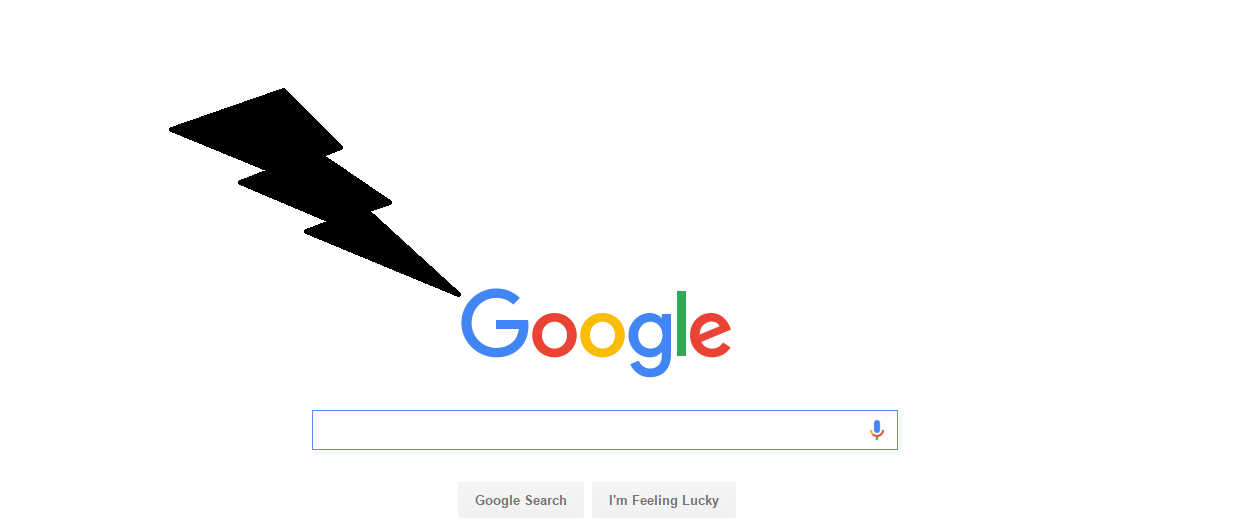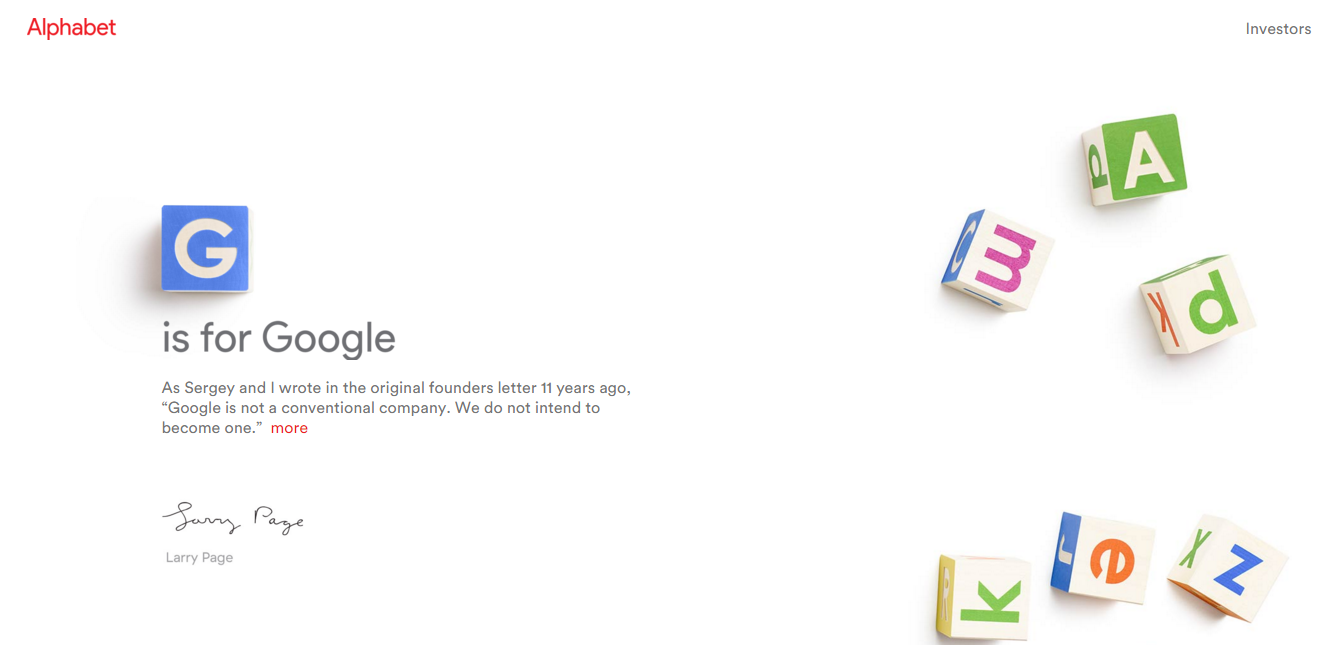Imagine if the apple didn’t fall on Newton there would have no gravity. Likewise, if Google didn’t have its first downfall world would have lost Google before it was shaped as a company. Google First Downfall was no different from other companies. Like every entrepreneur founder of Google Larry Page and Sergey Brin were also confuse during the first downfall of Google. As said,
Mistakes are the best teacher and each blunder is a lesson.
Google also learnt from its mistake and become a billion dollar company.
Let’s have a walk-through of Google First Downfall and know why Google faced Downfall and what you can learn from Google’s First Downfall:
1. AltaVista Deal
The world was about to encounter the first downfall of Google when the Stanford duo Brin and Page were in a meeting with Paul Flaherty, a Stanford PhD and an architect of AltaVista. They just got listed their algorithm “PageRank”, (now not in existence) nothing was going according to their plan actually they didn’t have a plan. They were in deep need of financial help. So in March 1998, they took the hard decision to sell Google, for them it was the fastest and more accurate search engine than rest of all available at that time. While in the meeting duo hoped to get $1million from their system, and giving them 54% of market share in searches on their website. Logically at that time only Google managed to give valuable data, it seemed a correct option to them and after selling Google they can resume their studies at Stanford. In the meeting, Paul explained them, how AltaVista worked. He told them that they had a huge database, which if you printed out would amount to a stack of paper 60 miles high and from that stack of paper the search engine can pull any word from it within half of a second. The AltaVista was beginning but Google was the future. Brin and Page had a strong belief on Google and Paul had full confidence in their technical capabilities. The meeting ended without any results, but soon after few weeks Brin and Larry heard back that AltaVista is taking a pass on Google.
Related- 5 Most Famous Google Mergers and Acquisitions
2. Yahoo Proposal
Same story happened with other search engines like Excite and etc. No one was bothered about the accuracy of searches; they wanted to sell more ads such that more cash can flow to their business. But the pair didn’t give up; they contacted Yahoo, which seemed logical buyer which uses directories edited by people and didn’t have a fast way to scour the entire net. But the speed was slow to keep the user on the Yahoo site, where they can shop, view emails, play games, in a way spend their money and time, hence Yahoo also turned them down. The co-founder of Yahoo, David Filo advised Brin and Page to understand the uniqueness of their search system and to believe in it. They should take a leave from the Stanford PhD program and start their own company which can utilise their creation. If it was good as they claimed, it would capture the market within no time as the number of users were increased and were gravitated to best services and sites.
3. Hitting the Downfall
Larry and Brin had a very strong belief system. If they saw the world going on one road, they would have chosen the other. Instead of thinking of reconsideration, they will declare the world is wrong. They were financially broke and were unable to sell their website to any company they approached. They didn’t know what to do? They were ambivalent. Months of rejection and being turned down, they were standing in the same spot as earlier, as two broke Stanford PhD students with a unique and brilliant idea which no one in the world can understand apart from them. All the rejection couldn’t be able to break the duo’s confidence; they kept Google breathing in the Stanford Campus. They improvised the site since they couldn’t hire designers, so Sergey himself created the logo of Google with an exclamation mark with tool GIMP, free software that was tricky to be employed. In the spring of 1998, they sent an email newsletter to a list called Google Friends and urged them to spread the word. By July, they had an added summary of search results and they started highlighting the keywords which were responsive to the query. The words from the newsletter sent were. “Expect to see a lot of changes in Google in following few months. We plan to have much bigger index than our current millions of pages soon.”Despite all the cheery emails, both knew they had hit a wall. They had no money to expand their resources and current resources were already overloaded with floods of searches. They need more computers and manpower to handle it, but both were broke financially. And this time they had hit the bottom and Google experienced their first downfall.
The first downfall of Google teaches us following points
1. Believe in: The most important part of success is strong belief. Believe in yourself and always ready for a fight for it. From the first day of the making of Google, they both faced numerous problems and rejections but bereft of all hopes they continued.
2. Proper Guidance: Walking with any proper guidance will only delay the process of success. Larry Page and Sergey Brin had advisor Mr Motwani who guided them to create Google, provided help from the University Funds. By the funds provided by Mr Motwani, the duo built Google.
3. Know your Market: in late 90’s, users needed a search engine with more accurate search results and Google was the only answer available. If it’s winter and you try to sell ice, no one will buy as it’s against the market’s need. Study of market plays a key role.
4. Uniqueness: Following to other companies will only lead to a limited success and growth, like Samsung. After a decent success in cellphones, its growth had stopped. But Google was one of its kind, had new and accurate searches with no Ads and unnecessary information.
5. Shadow your Chaos: In spite of being broke the duo always sent cheery emails to the user, this will help them to build a relationship with them. If you let your internal chaos to come to the market, user’s trust will be lost as it happened with Indian startup TinyOwl when employee held its CEO as the hostage. It leads to closing of several offices and a major downfall of the company.
Stories which changed the world had their own downfalls. But being in the bottom of the sea, they envisioned the future and sailing on the very sea which had sunk them in. Ships are safest at the shore, but they are built to sail and explore new horizons. Strength comes after being weak and experience comes after downfalls. It is said, you can make a good decision when you have enough experience and for an experience, you should make wrong decisions. “We need to accept that we won’t always make right decisions that we’ll lose royally. But understanding failure is not opposite of success, it’s a part of it. Every idea comes with evitable risk; every failure teaches us to manage our goals and destinations. You cannot learn bicycle without falling when you fall you learn a little about balancing, and again you fall to learn a little more and then you learn how to balance the bicycle which you can easily ride. But in the case of Google both had fallen very hard on the ground, but they managed to stand again which is discussed in How Google tackled its First Downfall? And to know about the making of Google read How Google Started?






0 Comments